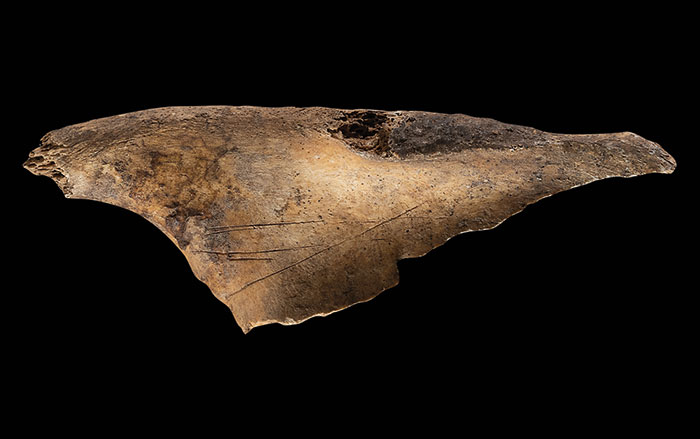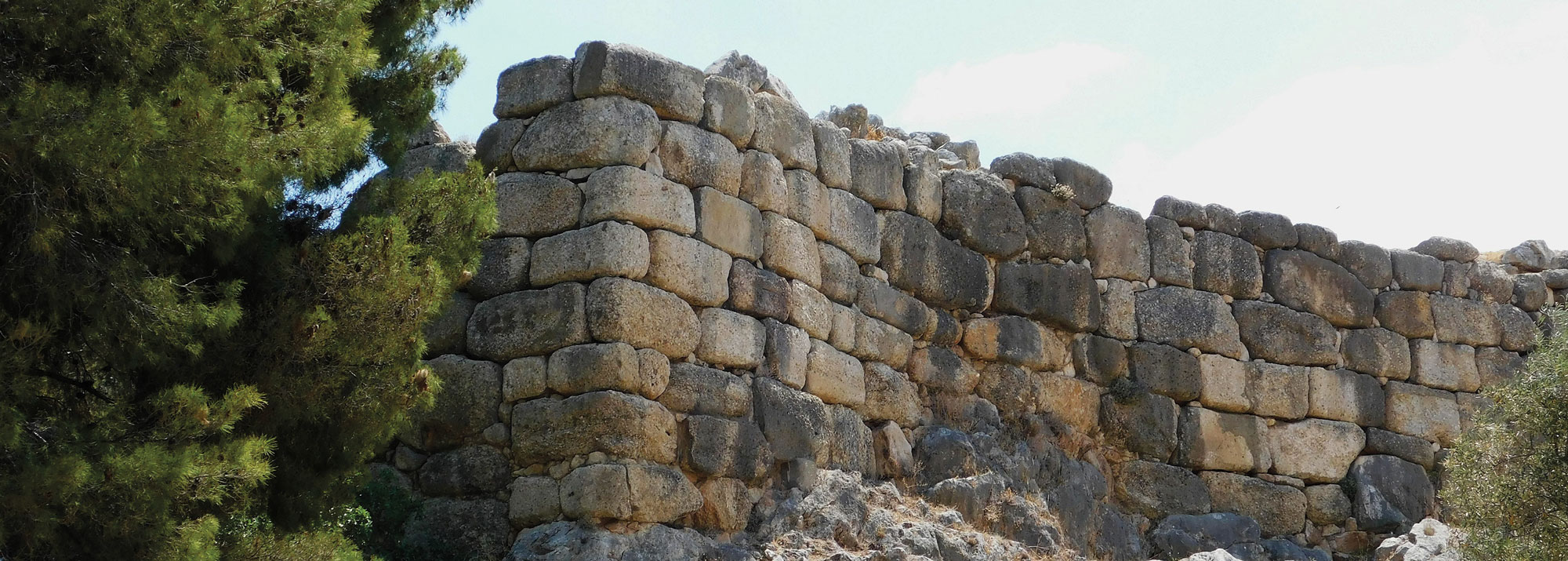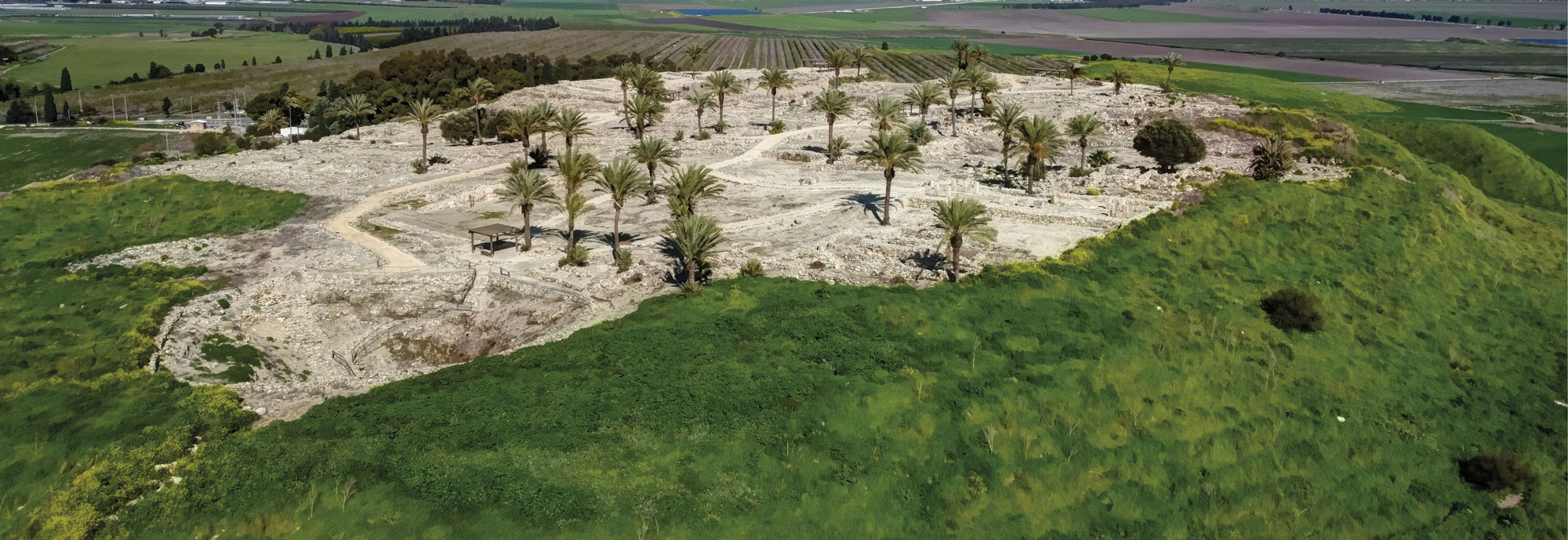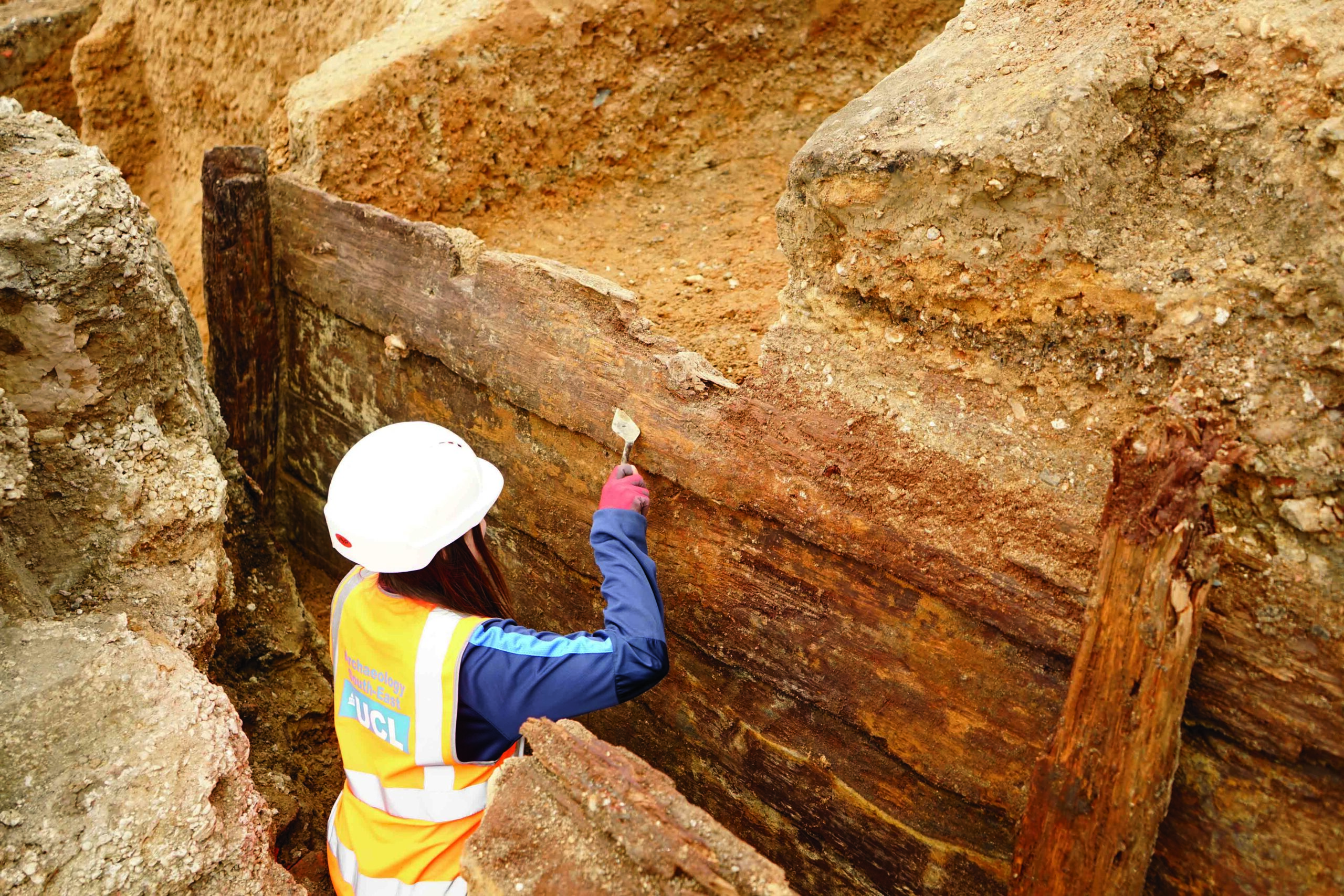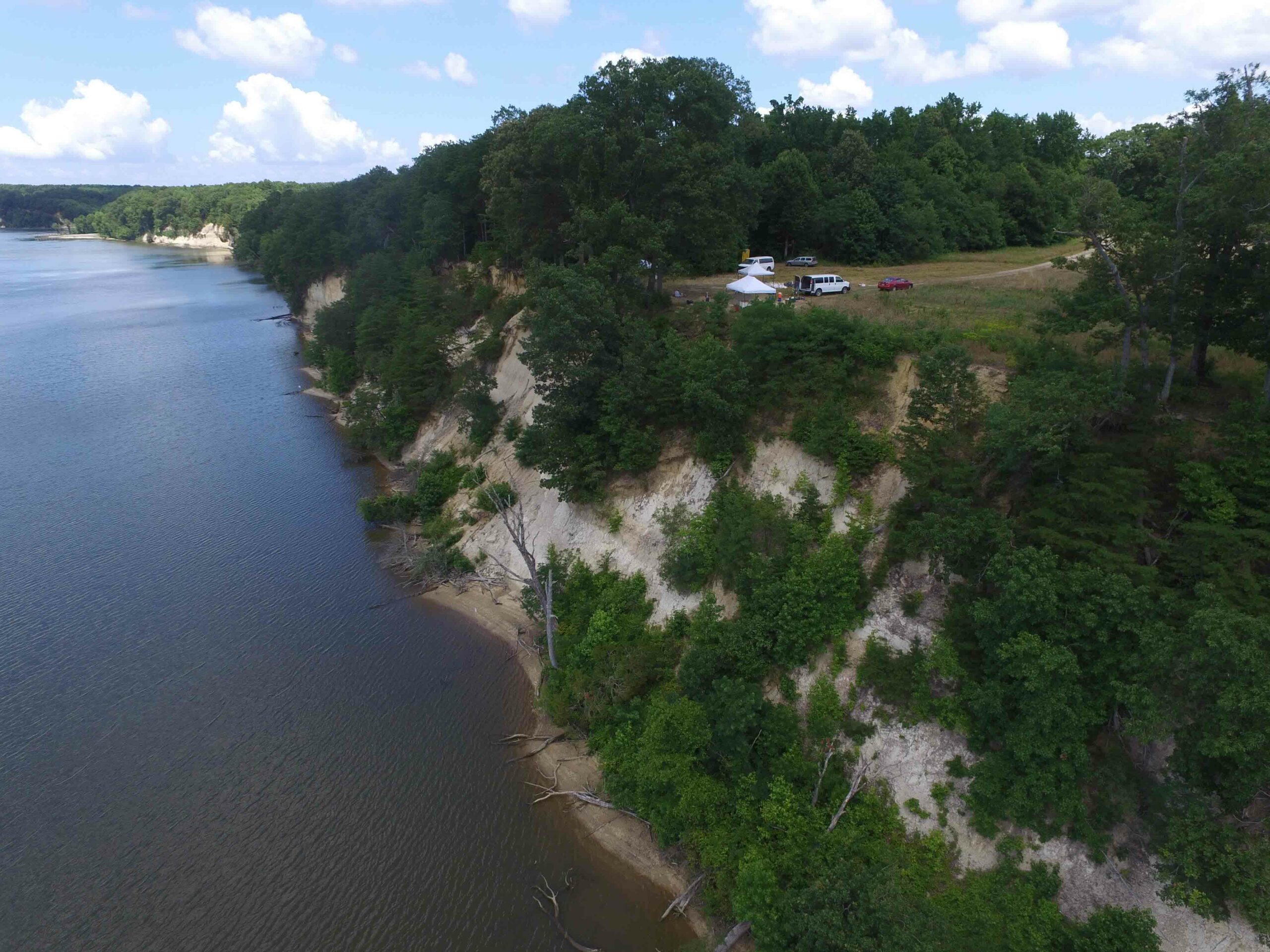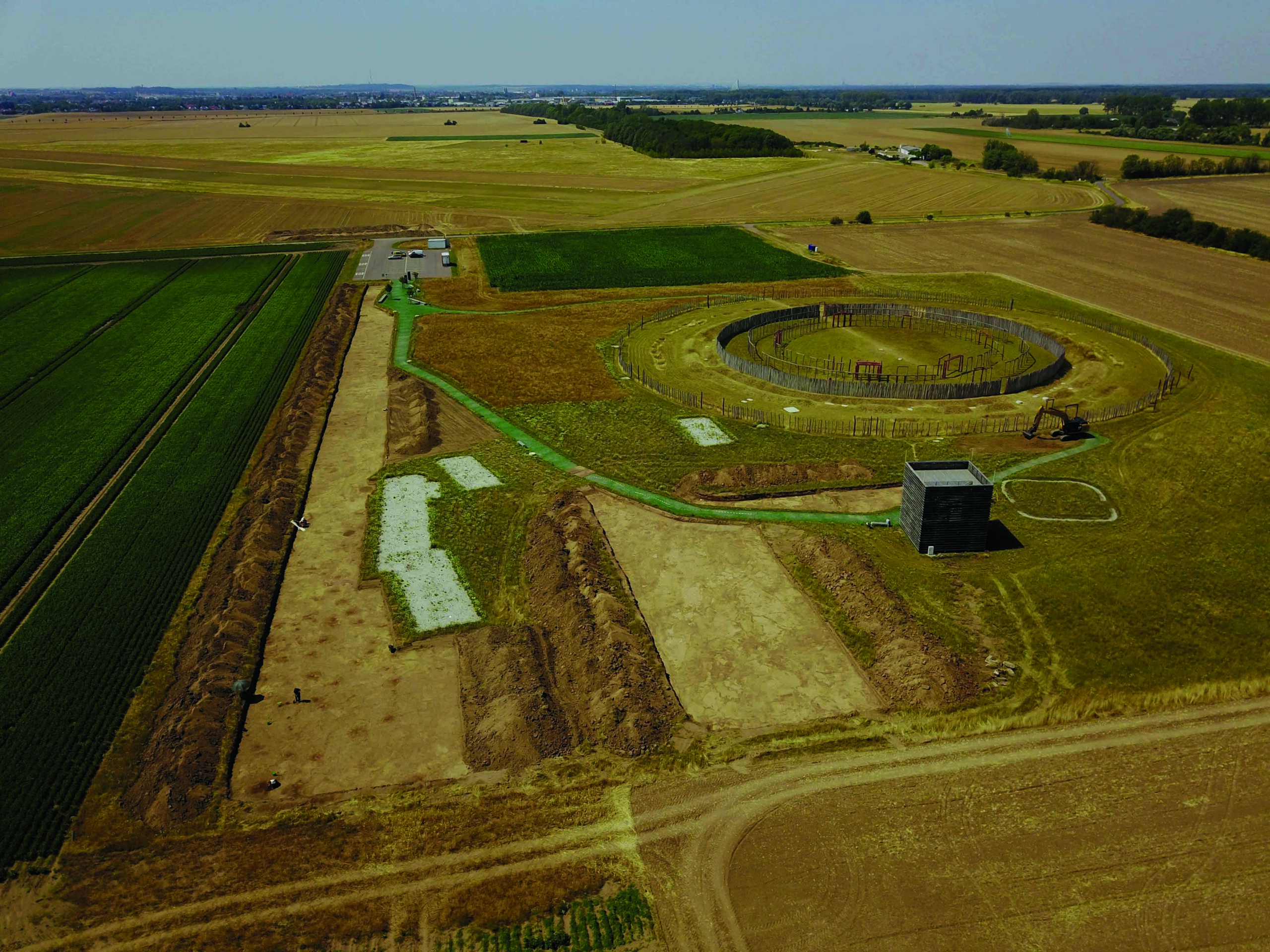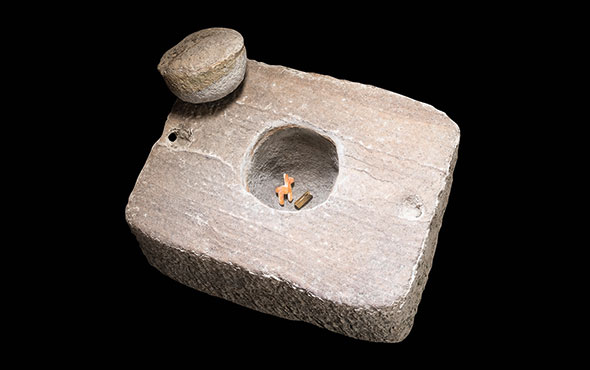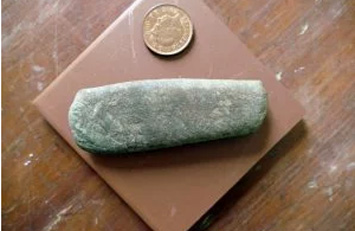
PEMBROKESHIRE, WALES—The Guardian reports that burrowing rabbits on Skokholm Island, which is located in the Celtic Sea off the coast of Wales, turned up stone tools and pieces of pottery. Archaeologist Andrew David identified the stone tools as beveled pebbles that may have been used by hunter-gatherers to process shellfish or prepare seal hides between 6,000 and 9,000 years ago. “Although these types of tools are well known on coastal sites on mainland Pembrokeshire and Cornwall, as well as in Scotland and northern France, this is the first example from Skokholm, and the first firm evidence for late Mesolithic occupation on the island,” David said. A piece of thick-walled pottery is thought to be the rim of an Early Bronze Age urn thought to have been made some 3,750 years ago for a cremation burial, according to Jody Deacon of the National Museum Wales. This is also the first artifact of its kind to be found on any of the western Pembrokeshire islands, she explained. Further investigation of the area is being planned. To read about Late Bronze Age lock-rings found on Wales, go to "Artifact."


